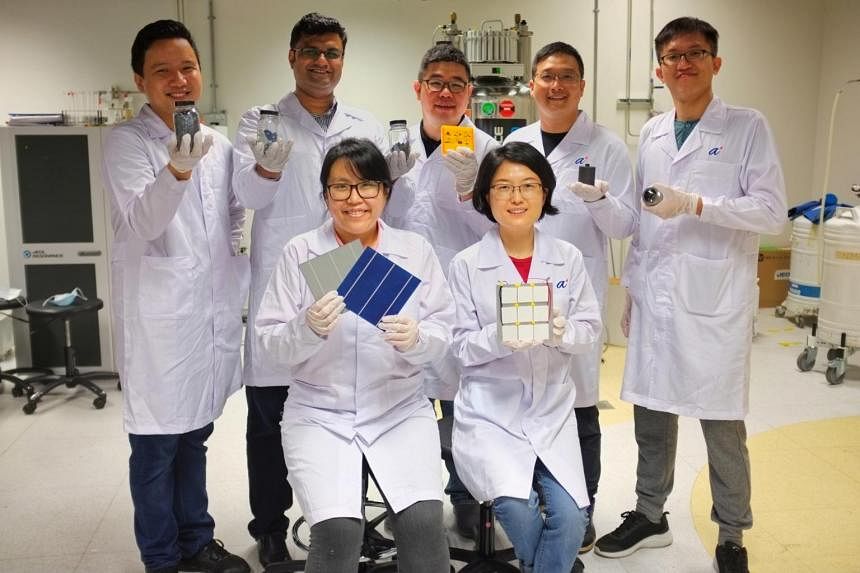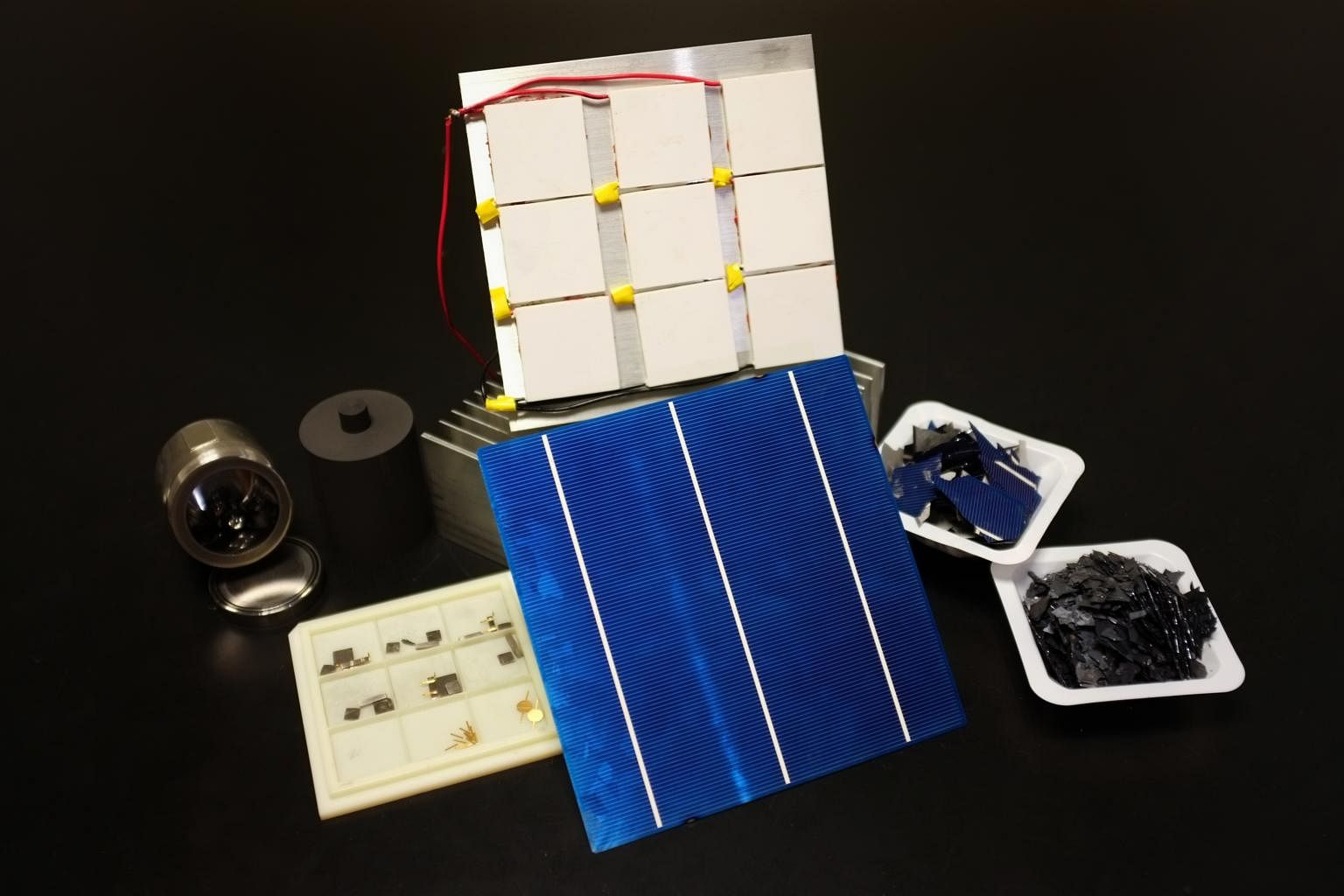
As far back as 6050 BC, salt has been used for various purposes, including religious offerings and valuable trades. The word “salary” was derived from the word salt because it was highly valued, and production was legally restricted in ancient times, so it was historically used as a method of trade and currency.
Table salt is an important and inexpensive kitchen staple today and is used for various uses, including seasoning, food preservation, food texture, cleaning, and boiling water. We even use salt in healthcare (such as for cleaning wounds) and for deicing roads and sidewalks. But now table salt is entering a new domain: plastic recycling.
Researchers from Michigan State University are proving that salt in plastic recycling has the properties to outperform much more expensive materials that are being explored to help recycle plastics. The MSU team uses pyrolysis to break down the plastics into a mixture of simpler carbon-based compounds, including gas, liquid oil, and solid wax. Pyrolysis is the process of heating an organic material in the absence of oxygen.
One of the challenges of plastic recycling has always been an undesirable wax byproduct, which accounts for over half of the pyrolysis output. The wax obtained from the pyrolysis of waste plastic is generally regarded as a low-value product that requires further treatment in a refinery for it to be considered valuable as chemicals, diesel, petroleum, and gasoline.
Salt in plastic recycling is used as a catalyst to pyrolyze polyolefins (the family of thermoplastics that include polyethylene and polypropylene); the MSU team produced mostly liquid oil that contains hydrocarbon molecules similar to what is found in diesel fuel, which is not suitable for producing new polymers. There was no undesirable wax; over 50% is generally seen when platinum on carbon or aluminum is used as a catalyst. In this experiment, the result was 86% liquid form and 14% gas.
Using salt in plastic recycling as a catalyst also means the salt can be reused simply by washing the liquid oil with water. The team also found that table salt helped in the pyrolisis of metalized plastic films commonly used in food packaging, such as potato chip bags, which currently aren’t being recycled.
Because table salt is relatively inexpensive, using salt in plastic recycling could drastically reduce the costs associated with these processes. The researchers found that table salt can offer a transformative approach toward an inexpensive (4 cents per kg) and efficient pyrolysis methodology for converting mixed plastics waste to useful hydrocarbon products.
The use of table salt in plastic recycling is a relatively new phenomenon. Traditionally, salt has not been used directly in plastic recycling processes. It has been used indirectly in cleaning and preparing plastic items. It can be used as an abrasive agent to help scrub any residues. It is also used to scrub off adhesive labels from plastic containers.
In recycling facilities, electrostatic separation processes are used to separate different types of plastic based on their electrostatic charges. Salt can affect the conductivity of plastics and help in the separation. Furthermore, the traditional recycling process typically involves mechanical methods such as shredding, melting, and extruding rather than chemical reactions that involve salt. This study can drastically change the way plastic is recycled.
The salt in plastic recycling study from Michigan State University is still in its initial phases. Still, if it catches on, it could be an important movement towards how we recycle plastics and can result in more plastic being recycled and repurposed. It’s fascinating that something so simple and abundant, like table salt, can be used to help tackle one of the world’s most pressing issues.
Source Happy Eco News





